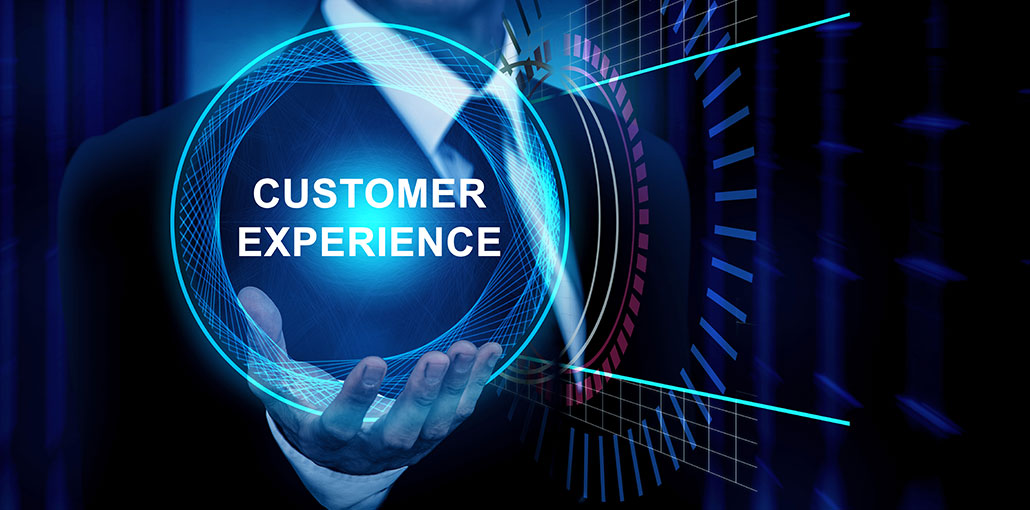It’s no secret that customer service is becoming increasingly important in this digital, customer-focused age. Delivering seamless customer experiences (CX) has become a top priority for businesses, and contact centers are often on the front lines of delivering those experiences.
In this article, we cover the importance of delivering a personalized CX and offer tips on how to smooth your customer journey so that you can provide seamless handoffs between self-service and personalized service.
The state of customer experience (CX) expectations
Self-service customer care has come a long way. From the early days of chatbots and IVRs to the more sophisticated virtual customer assistants (VCAs) of today, self-service has become an integral part of customer experience management. In fact, more than 60% of Americans prefer solving basic customer service issues through a self-service website or app. While this is great news for businesses that want to provide 24/7 customer support at minimal cost, it can also lead to a disconnection between customers and agents if not executed well.
To ensure a smooth customer experience journey, it’s important to move beyond self-service and provide personalized service that meets the needs of each individual customer.
Customers want self-service but they also want to feel important
Customers want options when it comes to customer service. They want the ability to serve themselves, but they also want to feel seen and heard as an individual. The key is finding a balance between self-service and personalized service, and making sure the handoff between the two is seamless.
Also read: Top 5 Advantages of Digital Customer Experience Tools
Why the handoff from self-service to personalized service is key
According to a study by Epsilon, 80% of customers indicated they are more likely to do business with a company if it offers personalized experiences, and 90% indicated that they find personalization appealing. And yet, many businesses are still failing to provide this type of customer experience.
There are a few things to consider when creating a clear handover workflow plan. Without mapping out the customer journey from self-service to personalized service, the tools you implement won’t be effective. In fact, they’ll create more confusion among your agents. Consider these questions when planning out the handover from self-service to personalized service.
- How can you make sure your customer service team is prepared to handle both types of customer interactions?
- How can you make sure your contact center is set up to handle customer interactions that start in self-service channels?
- How can you make sure your personalized service is tailored to each individual customer?
Do your agents have access to too many tools?
It’s important to give your agents the tools they need to do their job, but it’s just as important to make sure those tools are easy to use and don’t add unnecessary steps to the customer experience journey.
A survey conducted by Omdia reports that tool overload negatively impacts agent productivity. In fact, 67% of contact center agents say they spend too much time logging into multiple systems, and this negatively impacts their customer service.
There are a lot of contact center technologies that are helpful in handling customer handoffs from self-service to personalized service, but which are the most effective and how can you successfully implement them in your agent training?
Also read: 3 Types of CRM Software: Which Is the Best for Your Business?
CRM and CDP are the answers
Customer relationship management (CRM) software and customer data platforms (CDP) are the foundation of seamless customer transitions.
CRM software gives customer service agents the ability to view customer data and history in one place, which is essential for providing personalized service. CDPs go a step further by giving businesses the ability to collect customer data from all sources, including social media, website interactions, and purchase history. This customer data can then be used to create customer profiles that can be used to provide more personalized customer service.
When combined, CRM and CDP give customer service agents the ability to view customer data, history, and profiles in one place. This makes it easy for agents to provide personalized service that is tailored to each individual customer.
The bottom line
Self-service is a customer service trend that’s here to stay. But customers still want to feel seen and heard as individuals, and they want the option to speak to a customer service agent when they need more help. The key is finding a balance between self-service and personalized service, and making sure the handoff between the two is seamless.
CRM and CDP are the foundation of seamless customer transitions and provide customer service agents with the ability to view customer data, history, and profiles in one place. By using CRM and CDP, your business can provide personalized customer experiences that are tailored to each individual customer.










Leave a comment